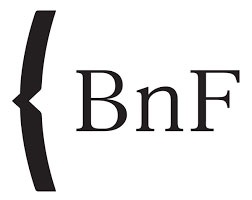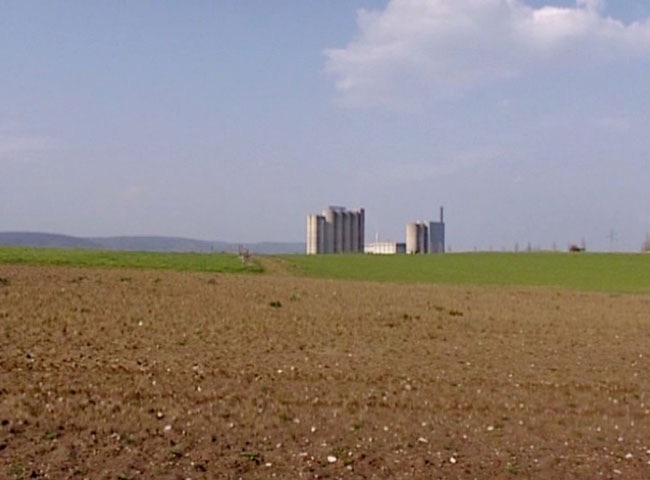L'Hypothèse du paysage
-
Réalisé par Pierre Bourgeois, Antoine Segovia • Écrit par Pierre Bourgeois, Antoine Segovia
-
France • 2000 • 51 minutes • DV Cam • Couleur
- Réalisation :
Pierre Bourgeois, Antoine Segovia - Écriture :
Pierre Bourgeois, Antoine Segovia - Image :
Delphine Dumas, Jean-Michel Bohé - Son :
Pascal Di Betta, Frédéric Regenczuk - Montage :
Caroline Descamps - Mixage :
Philippe Fabbri - Étalonnage :
Claude Framery
- Production (personne) :
Antoine Segovia - Production (structure) :
Artline Films - Diffuseur :
La Cinquième, France 3 Bourgogne-Franche-Comté - Participation :
CNC, Conseil général du Jura, DDAT - Délégation au Développement et à l'Action Territoriale, Procirep, Région Franche-Comté - Ayant droit :
Artline Films
- N° ISAN :
non renseigné
Résumé
"Y a-t-il un bon et un mauvais paysage ? Quels en sont les critères d'appréciation ? Comment les hommes pèsent-ils sur leur milieu naturel ? Prenant pour exemple Rochefort-sur-Nenon, petite commune du Jura, les réalisateurs interrogent les différents acteurs du bâti pour définir leurs missions, évaluer la coordination de leurs compétences et voir comment sont pris en compte les développements futurs d'un paysage.
On remonte tout d'abord le temps avec les historiens. Au XIXe siècle, les constructions du canal Rhin-Rhône, puis de la voie ferrée ont remodelé radicalement la petite commune. Nous sautons ensuite aux années 1970, quand l'implantation d'une zone industrielle a opéré une nouvelle transformation majeure de l'environnement : des usines ont intégré le paysage, ainsi qu'un lotissement pour loger ceux qui y travaillent. Ces 90 pavillons constituent le village neuf, un bâti que certains trouvent de qualité et que d'autres estiment peu respectueux des caractéristiques paysagères du secteur. C'est sur ces transformations, et d'éventuels développements, que travaillent paysagistes, responsables des Bâtiments de France et élus municipaux. Avec des préoccupations parfois divergentes : réglementation et technicité contre initiatives et évolution "naturelle" des sites. Un point met tout le monde d'accord : considérer toujours les finalités des bâtis avant d'envisager leur mise en œuvre."
(Doucha Belgrave)
First of all, there is the story about the Chinese artist from whom the emperor had ordered a landscape for a room in his palace. Once the painting was finished, the emperor was invited to come and examine the work. Delighted with what he discovered, he turned to the painter to congratulate him. But he had disappeared from the room. He had entered his landscape.
Then, the simple, rhythmic exercise of the Observatoire photographique du Paysage : photographic reconduction. Taking photos of a landscape at regular intervals and with the same frame in order to constitute series making it possible to appreciate the evolution of the scene.
Yet, in the slow succession of stories about representation, the same question inexorably appears : what is a landscape ?
The notion of landscape is the very model of an impossible debate, the unidentified verbal object. However, it is described, framed, inaugurated, but there is no science of landscape and there will no doubt never be. The landscape does not exist. It is only a hypothesis.
It is precisely that hypothesis that we will spin throughout our documentary. In the manner of an enquiry being conducted, our intention will be to grasp between two photographs of the same place, this protected "between" which, precisely, whispers, there, the landscape.
Mot(s)-clé(s) thématique(s)
Comment avoir accès au film ?
-
Édition DVD
- Il n'existe pas d'édition DVD à notre connaissance
-
Accès VOD
- Il n'existe pas d'accès en VOD à notre connaissance
- Diffusion non commerciale / Consultation



